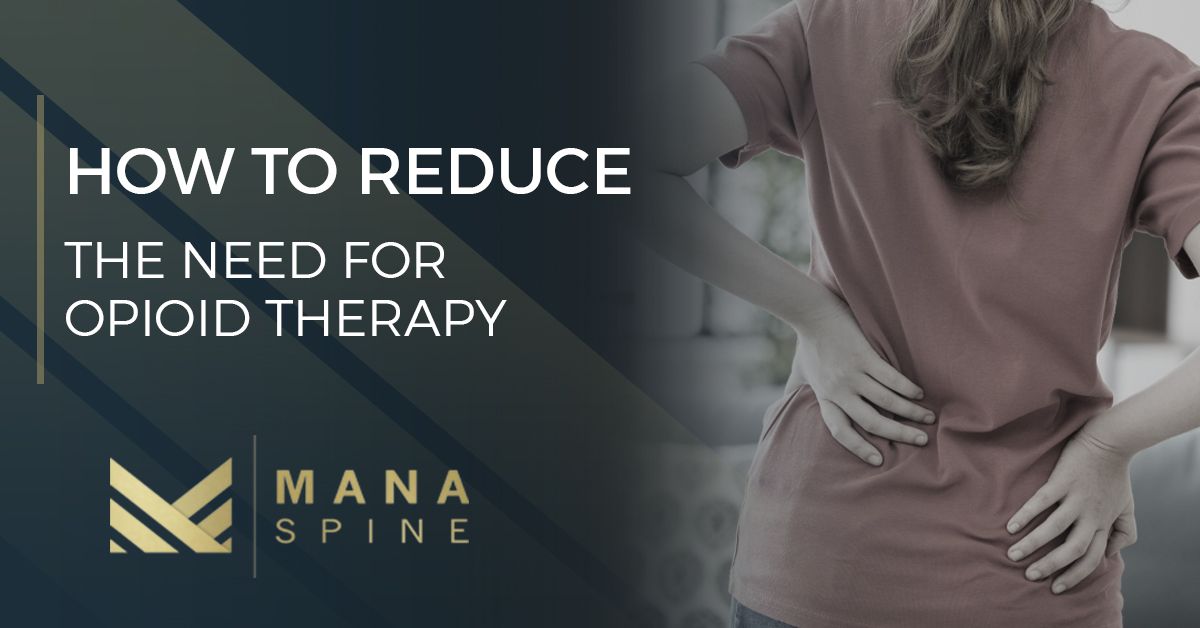Here are a few helpful ideas on how to limit or reduce your need for opioid therapy when suffering from pain.
- Have an exit plan before starting opioid therapy. A timeline for peri-operative opioid use before you start is key to a healthy outcome. If you have never been on opioid therapy and have a surgery scheduled, a postoperative timeframe of 6 weeks or less is ideal. If you have been on chronic opioid therapy prior to surgery, tapering to your pre-operative dose within 6 weeks is recommended.
- Keep a pain diary to have an account of what you are treating. Life gets complicated, and all to often pharmaceuticals provide seemingly quick solutions. Our receptors don’t see it that way and the picture gets muddy.
- Be mindful that depressed patients tend to overuse opioids because they use them to treat insomnia and stress. Depression also appears to increase the risk of abuse or nonmedical use of prescription opioids among adults and adolescents. This increased rate of non-medical opioid use may be the path through which depression increases the risk of Opioid Use Disorder among patients with chronic pain. (Sullivan 2018)
- Seek early intervention for pain relief, whether it be physical therapy or image-guided procedural therapy, and remember that movement is medicine. Often when a body part encounters discomfort it adapts by relying on supporting structures. The central nervous system may even increase your perception of pain beyond the initial injury due to a phenomenon termed ‘centralization’ which describes the negative effect that repeated stimuli has on your central nervous system. Stopping this negative cycle with multidisciplinary efforts early and often is key.
- Treatment plans should have a goal to not exceed 90 morphine equivalents daily (MED). Your prescribing physician should be able to recite these equations and develop a plan that achieves this goal.
- Opioid Use Disorder: A person taking a relatively low dose of prescribed opioids is 15 times as likely to develop opioid use disorder as a person who has not been prescribed opioids. The risk continues to rise with escalating doses; at high doses (≥ 120 mg MED) of opioids, the person’s risk of developing OUD is 122 times that of a person who has not been prescribed opioids. (Edlund 2014)
- Maintain a positive mindset and perspective on your situation and limitations. Consider meditation and achieve a mindful distance between you and your pain. Your pain should not define you.
Get in touch with Mana Spine today to learn about your options for treating pain.

